Profitability challenges are expected to ease, better supply-demand balance
Financial services provider UBS has forecast a growth of 10 percent in China's photovoltaic installed capacity this year, reaching between 260 and 280 gigawatts, fueled by ground-mounted installations particularly from State-owned enterprises.
"This year marks the conclusion of China's 14th Five-Year Plan (2021-25). Many State-owned enterprises are still 30 to 40 percent away from their targets set for 2025, possibly leading to increased PV installations, especially large-scale projects," said Yan Yishu, China utilities analyst at UBS Securities.
Yan said the industry's profitability challenges due to supply-demand imbalances are also expected to ease this year following a series of favorable policies introduced at the end of 2024.
"The industry is poised to accelerate toward rebalancing, with a noticeable improvement in supply-demand dynamics anticipated as early as the second quarter of 2025. Rebalancing may be seen by 2026 to 2027," she said.
The annual Central Economic Work Conference held in December highlighted the need to prevent industry-wide price-centered hyper competition in certain industries and promote sustainable growth in 2025. Later, the Ministry of Industry and Information Technology raised energy consumption standards for existing polycrystalline silicon production projects to 60 kilowatt-hours per kilogram. New production capacity is required to operate below 53 kWh per kg.
Yan said MIIT's move, among many others, was an important initiative to ensure energy-efficient practices, roll out outdated capacities and raise the bar for upcoming projects, which may be effective to help the PV industry strike a supply-demand balance. She said this shift is likely to affect around 20 percent of existing production capacity, potentially leading to operational restrictions.
Additionally, industry associations and companies are advocating for self-regulated production cuts and quotas to lower industry operating rates to below 50 percent. While specific details are pending, these initiatives are expected to be pivotal in reshaping the industry, she added.
In response to the government's call, leading solar firms Tongwei Co Ltd and Daqo Energy recently announced production cuts on specific lines to improve profitability. Four high-purity crystalline silicon production companies owned by Tongwei will undergo gradual output cuts to reduce operational losses and improve overall profitability. Daqo, on the other hand, will implement controlled production reductions on polysilicon production lines in Xinjiang Uygur autonomous region and Inner Mongolia autonomous region.
Tan Youru, a solar analyst at research provider BloombergNEF, highlighted the challenging predicament facing manufacturers. They are confronted with the choice of either selling products below cost and depleting cash reserves or reducing production levels, thereby raising per-unit costs. This conundrum is expected to persist for at least a year.
"An estimated significant inventory ranging from 300,000 to 350,000 metric tons of silicon materials remains in the industry. This surplus is substantial enough to sustain the production of over 150 GW of modules, equivalent to approximately three months of market demand. If prices increase sufficiently to restore profitability, it is likely that numerous dormant factories will be reactivated, dampening the likelihood of any significant price rebound," he said.
Recent data from the China Photovoltaic Industry Association reveal that while production volumes of key components like polycrystalline silicon, silicon wafers, cells and modules had grown by over 20 percent in the first 10 months, prices had dropped significantly. Polycrystalline silicon prices fell by more than 35 percent, wafers by over 45 percent and cells and modules by more than 25 percent. The PV manufacturing sector's output value also plummeted by 43.17 percent year-on-year to about 781.1 billion yuan ($106.5 billion). Despite this, there are signs of improvement, with procurement prices stabilizing since mid-October and a recent trend toward price stability across the industry chain.
"To mitigate geopolitical risks, diversifying the supply chain is crucial for Chinese firms in the next five to 10 years," Yan said.








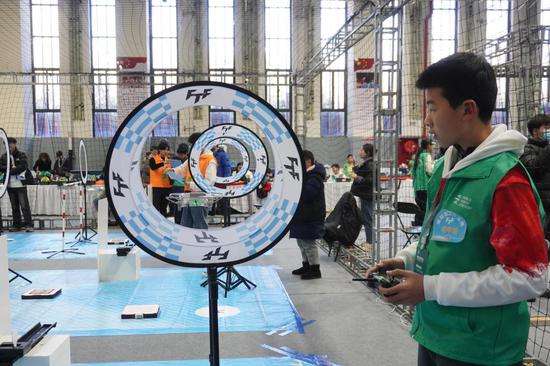

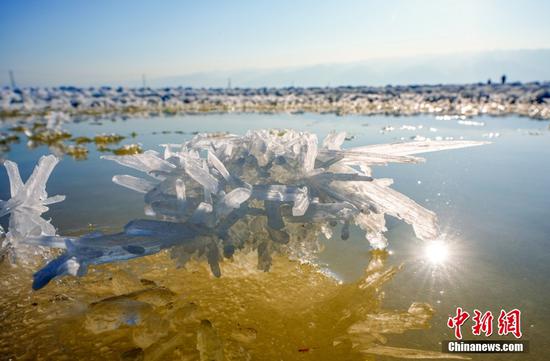
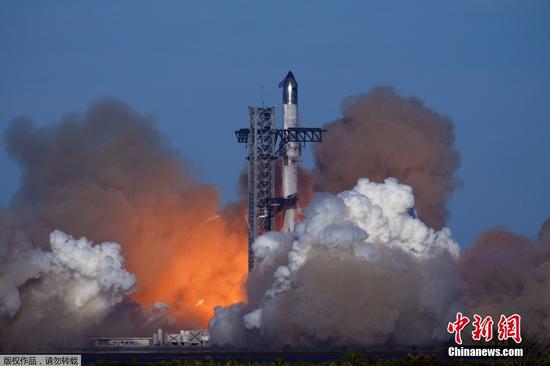
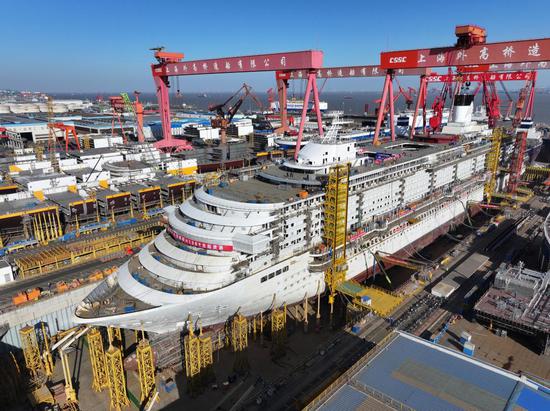
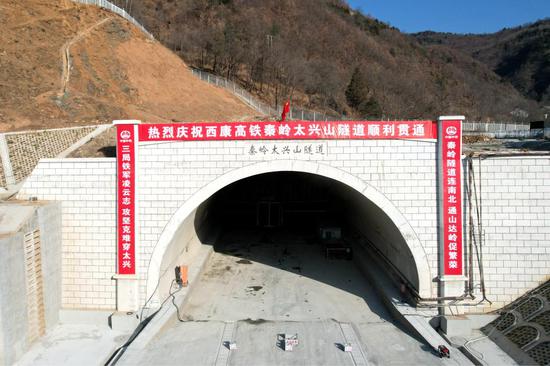
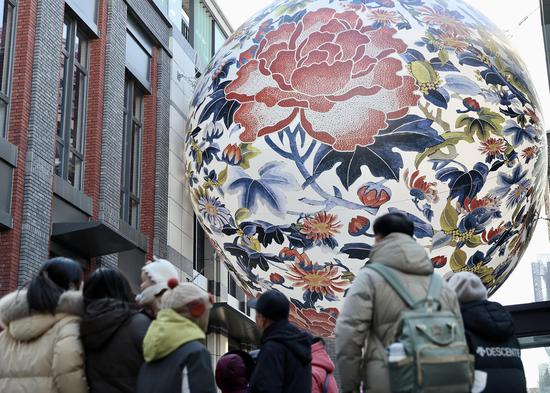

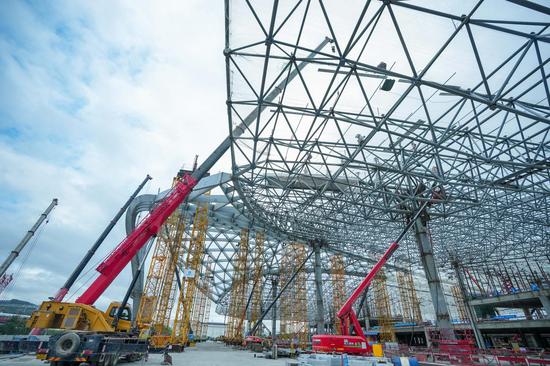

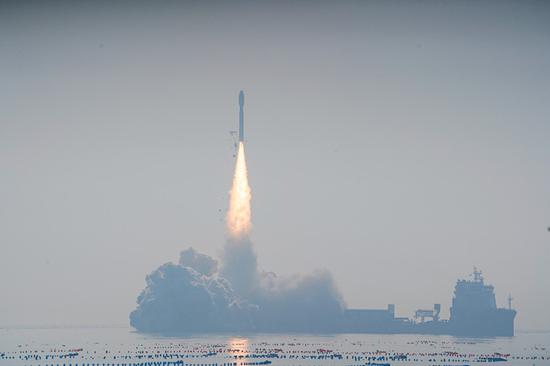
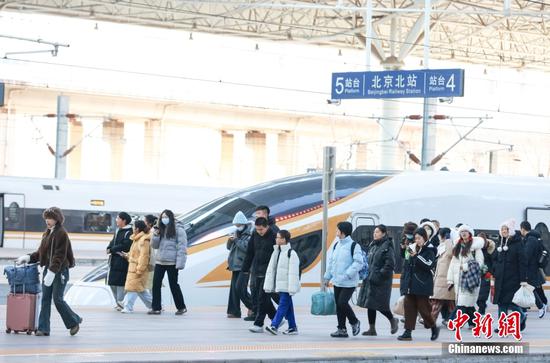



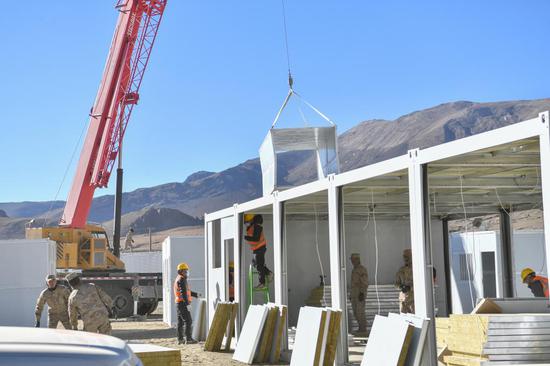








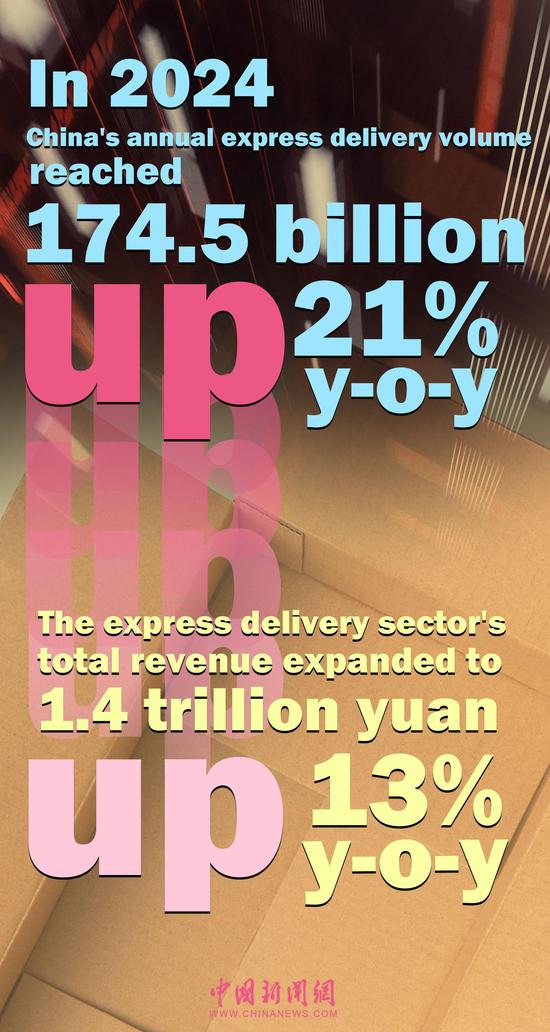

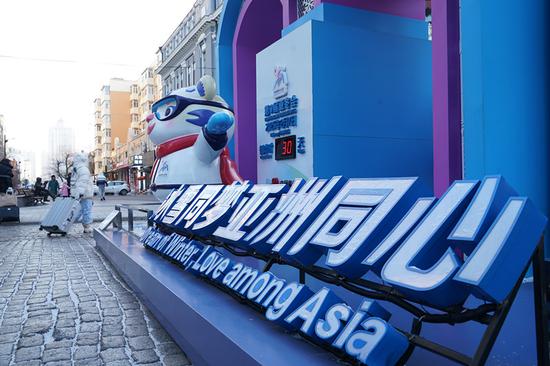



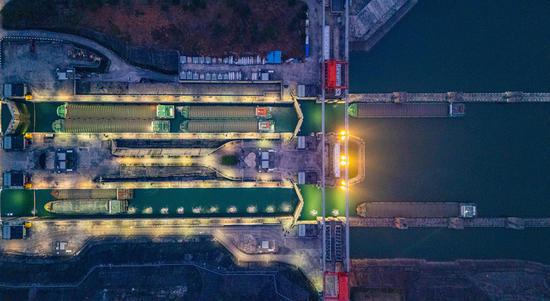



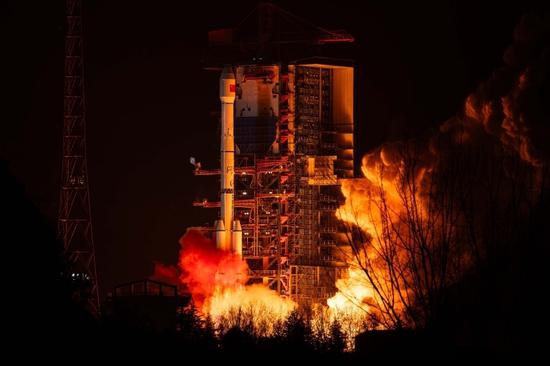







 京公網安備 11010202009201號
京公網安備 11010202009201號